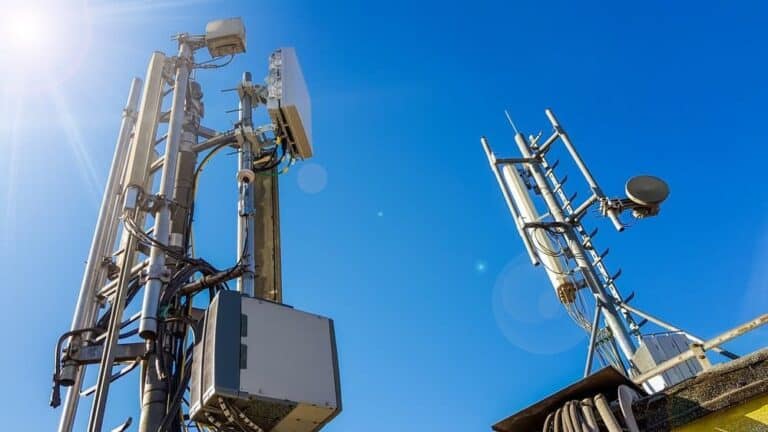The European standards group will investigate the use of Terahertz frequencies for next-gen telecommunications.
The European Telecommunications Standards Institute (ETSI) has introduced a new Industry Specification Group (ISG) to undertake preliminary work on the potential use of terahertz frequencies in 6G communications. The newly launched ISG Terahertz (ISG THz) held its kick-off meeting on December 8 and decided on work priorities for this candidate technology for 6G, ETSI announced this week.
Thomas Kürner, Chair of ISG THz, hailed the new group. “ISG THz provides an opportunity for ETSI members to coordinate their pre-standards research efforts on THz technology across various European collaborative projects, extended with relevant global initiatives, a move towards paving the way for future standardization of the technology”, he said.
The group will initially focus on two categories of use cases, according to ETSI. The first category will include mobile applications with high data rate requirements, such as virtual and augmented reality, applications for in-flight and in-train entertainment, and vehicular and satellite communications. The second category includes applications requiring both communication and sensing functionalities, such as holographic telepresence, and interactive and cooperative robotics.
A working group of 31 telecom companies
The ISG THz currently comprises 31 participating companies, ETSI said. The group aims to define the target scenarios and the concrete frequency bands of interest in THz communications. The group’s primary activity will be the analysis of specific radio propagation aspects for THz communications.
ETSI says the advantage of terahertz frequencies is that there is a huge amount of bandwidth available, with the International Telecommunication’s Union (ITU) identifying 137GHz of available spectrum between 275GHz and 450GHz. In this case, THz frequencies could mean anything between 100GHz and 10THz, according to the group.
ETSI further claims that such frequencies offer the possibility to achieve extremely high data rates of up to several terabits per second, while the small wavelength of the signals allows for compact and miniaturized devices and antennas. “Several European and international initiatives promoting 6G research and development activities anticipate that THz communications will be included in the next generation of cellular networks”, ETSI said.
